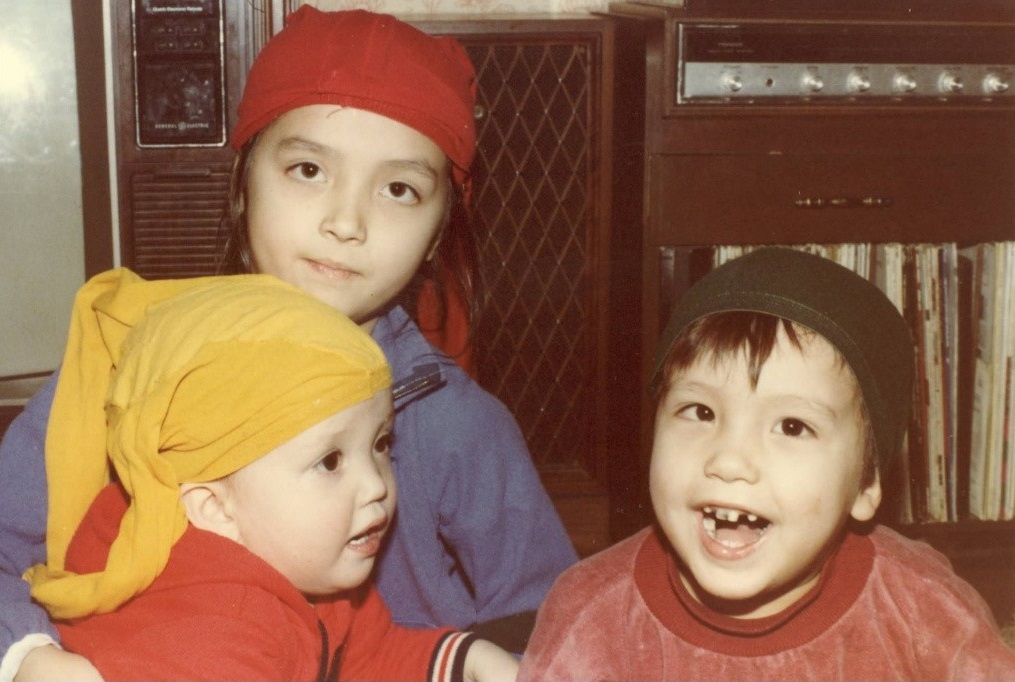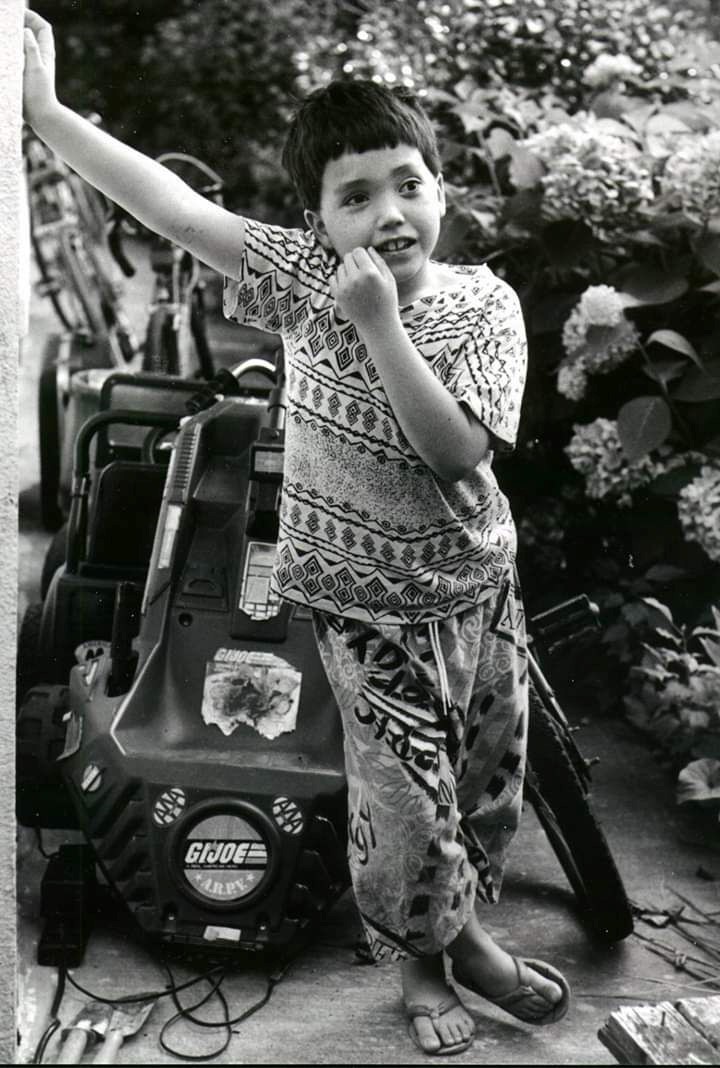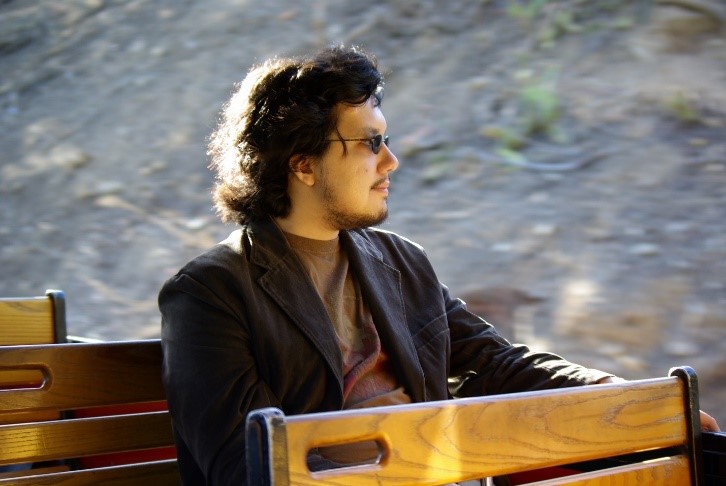Consumer Involvement




Catriona, Harry, Ronald

Ronald

Harry
Whenever I’m asked to tell my neurofibromatosis type 2 (NF2) story, I hesitate a bit. It’s never really been MY story; it’s never really been about me. It is the story of my two brothers, Harry and Ronald, who were diagnosed with NF2 as children. They were the ones who suffered. They were the ones who died way too young. But those suffering from NF2 commonly have problems with hearing and sight, and the slow degeneration of those senses can make it incredibly difficult to communicate with anyone, including their medical providers. So growing up, as it became harder for my brothers to hear and see, I took on the role of communicator. Harry was also an extremely shy child, so even at an early age, when he could hear, I would have to speak for him. In many ways, my brothers’ doctors knew me better than they knew them, as I was the one they could communicate with easily. I would always try to make sure that the doctors’ conversations with me didn’t overshadow their conversations with my brothers, but I was there to help get the message across, to help their voices be heard. It’s now been 22 years since Ronald died, and 2 years since Harry, and I’ve realized that the way to continue honoring my brothers’ lives is to continue speaking for them when I can; in this case, by telling my own story.
I was 4 years old when my mother had another child, and I was ecstatic. I already had an older sister and brother, but I really wanted a little sister. Instead, Harry was born. Two years later, my wish for a little sister was foiled again when Ronald arrived. I spent my childhood watching over and playing with my rambunctious, adorable little brothers.
Initially, they were both very healthy children. But 4 months after Ronald started kindergarten, my parents’ world shattered. Ronald’s teacher called to say that he could not see the blackboard. He had been tested right before school started, and his vision had been normal. Scans found bilateral optic nerve tumors and tumors in his spinal cord. He had his first spinal surgery that December.
Because of the optic nerve tumors, Ronald was initially thought to have neurofibromatosis type 1. His ophthalmologist argued passionately for radiation therapy to try and salvage what vision Ronald had left. So the following summer, my parents took Ronald to the National Institutes of Health (NIH) for treatment. They would drive him to his daily appointments while Ronald clung to a stuffed M&M doll that a radiology tech had given him. We would play hide and seek on the back lawn of the clinical center.
Over the next 10 years, Ronald had over 10 more surgeries. I have a vivid memory of my father sitting at the top of the stairs, his eyes filled with tears as he told me that inside Ronald there were tumors as far as the surgeon could see. He told me that one day, my little brother would die because a tumor would grow where the surgeons couldn’t operate. My father threw himself into the medical literature at the library, learning as much as he could about tumors, neurofibromatosis, surgery, etc., and my family adjusted to dealing with my brother’s disorder. We spoiled the extremely resilient Ronald.
I accompanied my father to most of the doctor appointments. I joked that my father wanted me to come along so we could use the carpool lanes. Years later, I realized that my father probably didn’t expect to live long enough to be there for Ronald’s entire life, and he wanted there to be someone else that knew my brother’s entire medical history. So my father raised me to be able to understand, translate, and explain biomedical science and research for him and my brothers.
When Ronald was 10, Dr. Dilys Parry at NIH diagnosed both him and Harry with NF2. As an example of how normalized brain and spine surgery had become in our family, Harry was excited and happy to find out that he was also sick because now he would get presents after surgeries, too. When Harry had his first spinal cord surgery, he came home from the hospital and complained to Ronald. “You never told me that surgeries hurt!!!”
By age 13, multiple cervical spine tumors caused Ronald to become quadriplegic. Eighteen painful, miserable months later, the tumors robbed Ronald of his ability to breathe, and his fight with NF2 ended. He was 15.
A year later, our father passed away from lung cancer and, I think, a broken heart as well.
Meanwhile, Harry’s battle with NF2 was just beginning. At 18 years old, Harry started college, and I took over his medical care. He lost his hearing at 24 and from then on, his tumors seemed to accelerate in growth. Harry died at 36, of an unrelated cancer, after more than 15 surgeries. He was mostly blind and deaf with limited balance and limited dexterity in his hands. But as his tumors had progressed, so had my brother; launching a website company with a friend, running a literary magazine, making a movie about NF2, travelling, and getting married and having a child.
In the early 2000s, many new targeted growth factor cancer drugs became available and were being considered for use in NF2. To monitor which NF2 patients were taking which drugs with what success, I joined the online NF2 crew listserv. I had always typed up transcripts of all of Harry’s doctor visits, trying to give him as much input and participation in his medical care as possible. I’d also summarize the medical research for him on any options we were considering. As I collected this information and my knowledge grew, I would share my summaries with the online NF2 Crew. My active role within that community eventually led to Advocure NF2 inviting me to be their consumer representative to the Neurofibromatosis Research Program (NFRP) panel. I have also since served as the representative for the NF Network.
My family’s journey with NF2 lasted over 30 years and cost us the lives of two loved ones. And while the active journey is over and those of us remaining do not suffer from the condition, my family still suffers from the life-changing consequences from our journey.
My background and role as my brothers’ advocate did lead me to becoming a biomedical researcher. The combination of my personal and professional experience allows me the unique ability to better understand the scientific and consumer perspectives of NF research. As a researcher, I am sometimes tempted to dive into the science of the proposals, but NFRP consumer reviewers are supposed to evaluate proposed research on the basis of the impact the research would have for the families of those suffering from NF2. As a family member, it is emotionally difficult to assume the NF2 mindset again and dive back into the memories and pain of what living with NF2 is like. However, I think the consumer reviewers add empathy and a critical piece to the NFRP review panels – they add the “So what?” factor, challenging scientists to come up with research that will actually translate into tangible solutions that will improve the everyday lives of NF patients. The consumer reviewers carry back to their advocacy organizations the knowledge of how passionately the scientists are working on the diseases and how the scientific process and translation from bench to bedside works.
In the years since Harry has passed, I’ve participated yearly in the "Shine a Light on NF2" fundraising walks, and I have been happy to serve as a reviewer for NFRP as needed. I can no longer help either of my brothers, but I can hopefully use their memories to contribute in some way to a future where people with NF2 do not have to suffer as terribly as both of them did. Both of them had to continuously adjust to losing function and senses over time, with no real hope for a cure in their lifetimes.
I want future generations and families to have hope.
Last updated Monday, March 10, 2025














